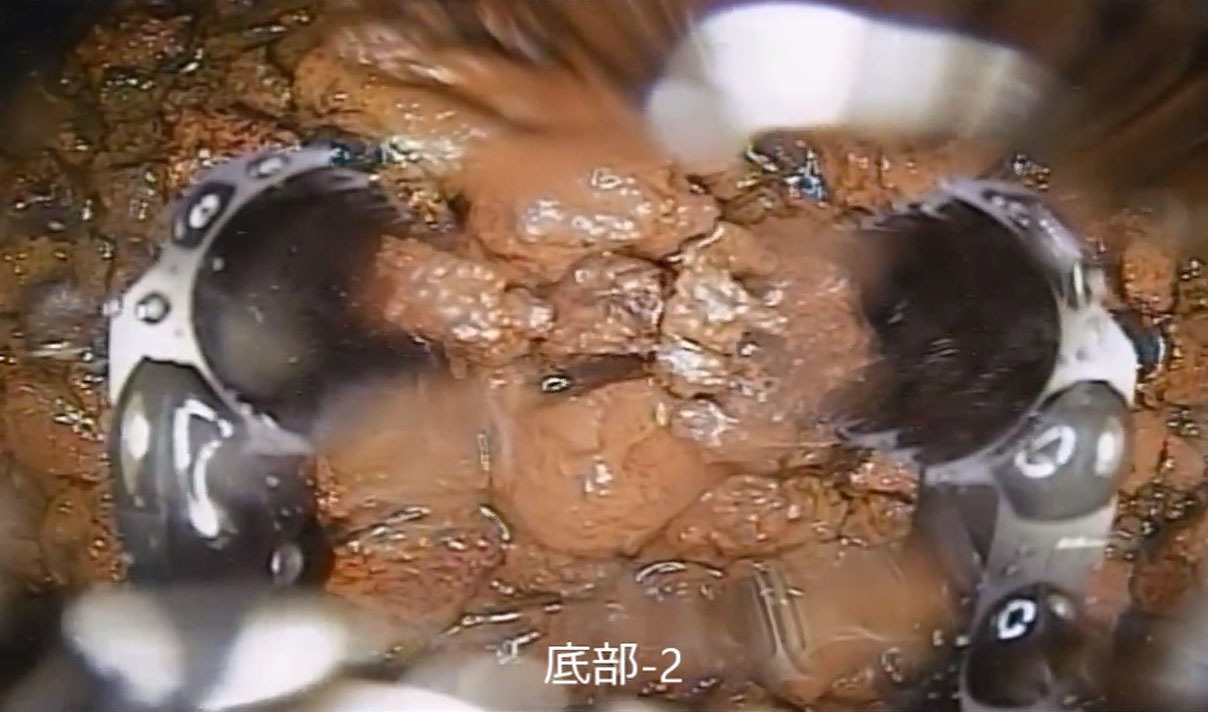Fukushima melted nuclear fuel retrieval delayed past March

TOKYO, Jan. 25 Kyodo - The operator of the crippled Fukushima nuclear power plant said Thursday it has given up on a plan to begin retrieving debris that contains melted nuclear fuel at the No. 2 reactor by March due to technical difficulties.
Tokyo Electric Power Company Holdings Inc. now aims to start the process by October this year at the Fukushima Daiichi plant, whose reactors were severely damaged by the loss of cooling functions triggered by the 2011 earthquake and tsunami in northeastern Japan.
Retrieving the highly radioactive mixture of melted nuclear fuel and debris from the crippled power plant is considered one of the hardest tasks in the process of its decommissioning.
The revised schedule will utilize a new method of retrieval -- using a telescopic tube first instead of a robotic arm, pending approval from the Nuclear Regulation Authority.
It is estimated that TEPCO must remove a total of about 880 tons of debris from Units 1 to 3 that suffered meltdowns. The process is considered a daunting task, so TEPCO plans to expand its scale gradually.
It remains unclear how the third and latest delay will affect TEPCO's road map for scrapping the reactors by around 2041 and 2051.
The utility had initially planned to start retrieving debris from the No. 2 unit in 2021 but postponed it to 2022 due to the coronavirus pandemic and the need to improve the robotic arm. It then said it aimed to carry out the process in the latter half of fiscal 2023.
TEPCO also said Thursday that approximately 54,600 tons of treated radioactive water will be discharged into the sea in seven rounds during fiscal 2024, which starts in April.
The total amount of tritium to be released during that period is expected to be around 14 trillion becquerels, well below the annual limit of 22 trillion becquerels, according to TEPCO.
TEPCO plans to release about 31,200 tons of treated water by March, the end of the current fiscal year, after diluting it with seawater to one-40th of the tritium concentration level permitted under Japanese safety standards.
The wastewater, generated in the process of cooling melted reactor fuel and mixed with rain and groundwater, has gone through a liquid processing system that removes most radionuclides except tritium.
The government sees the disposal of 1.34 million tons of water, which is pooled in over 1,000 tanks at the power plant, as a key step in decommissioning the Fukushima Daiichi plant.
==Kyodo





